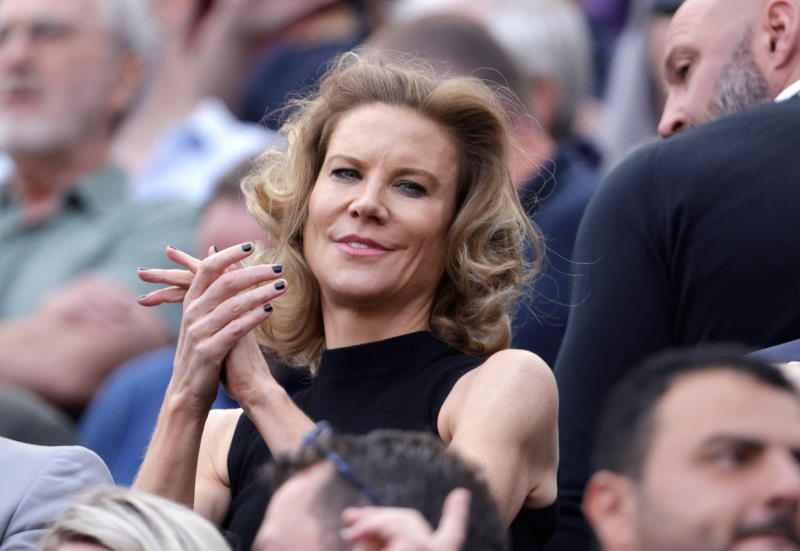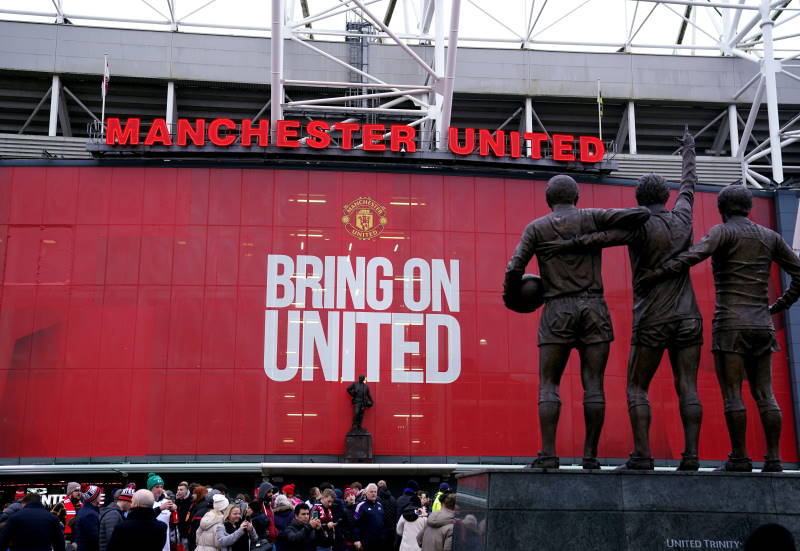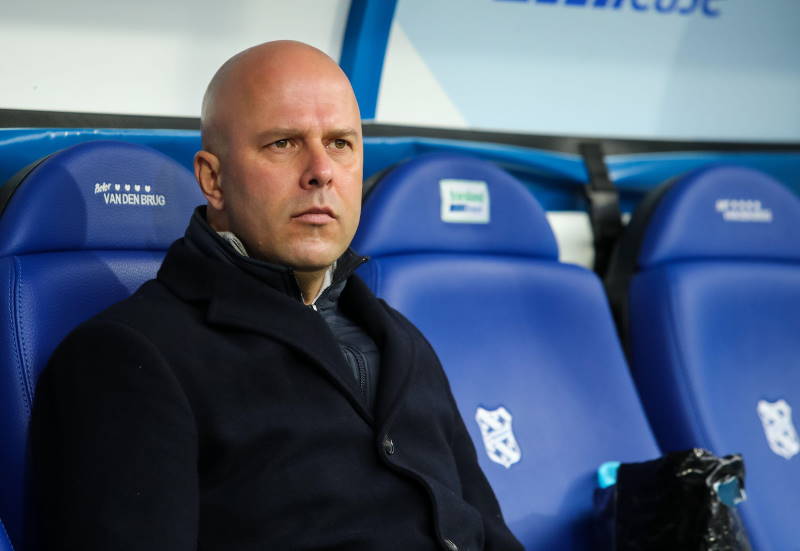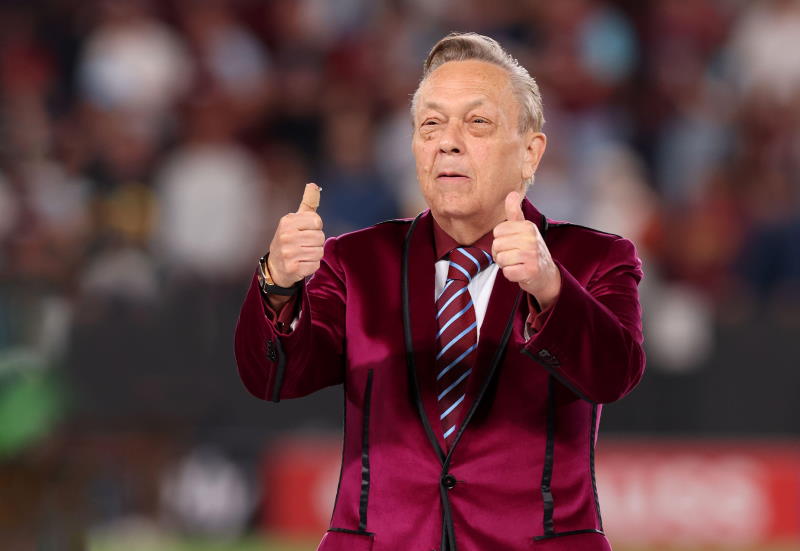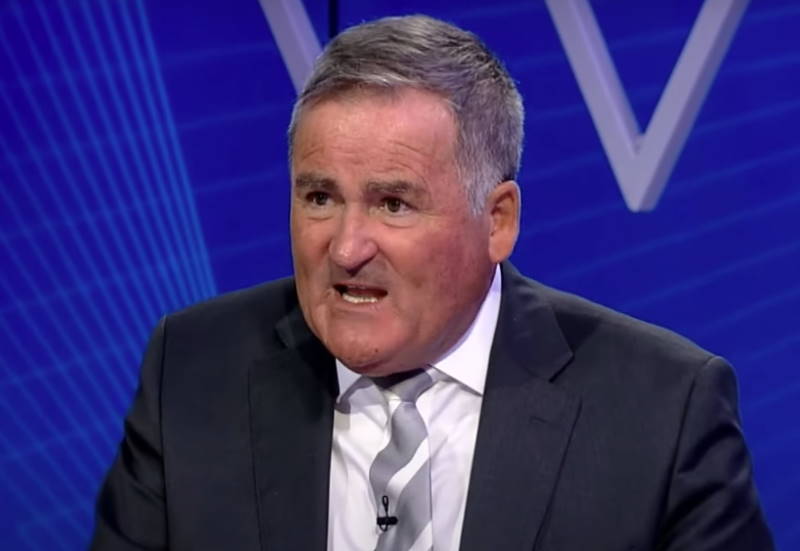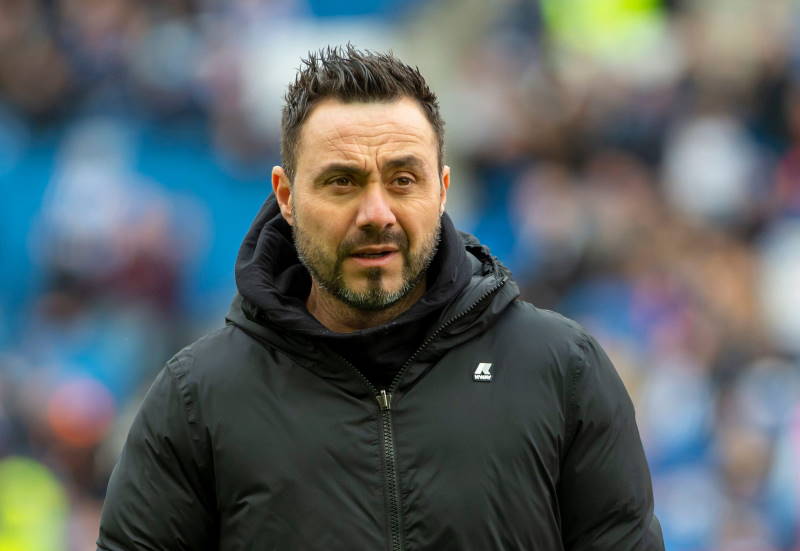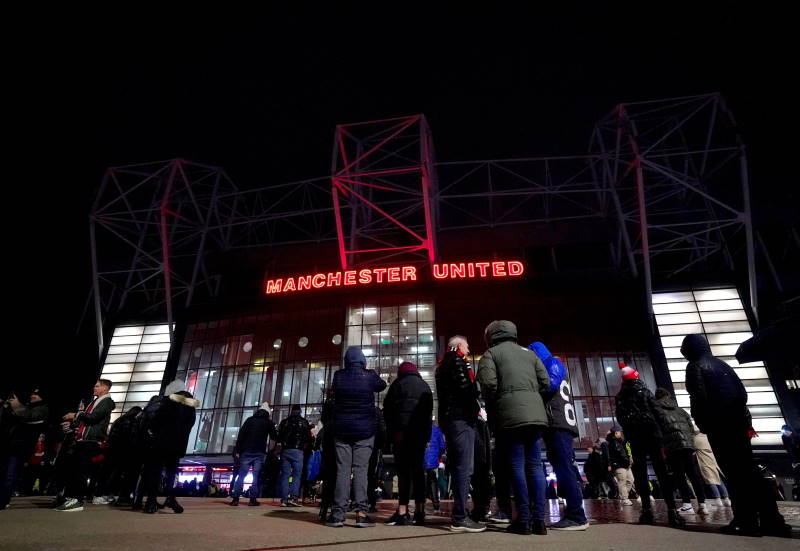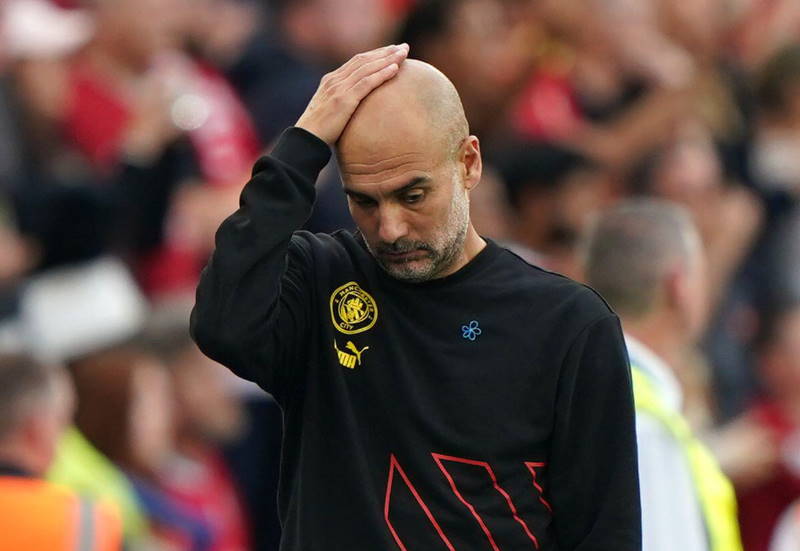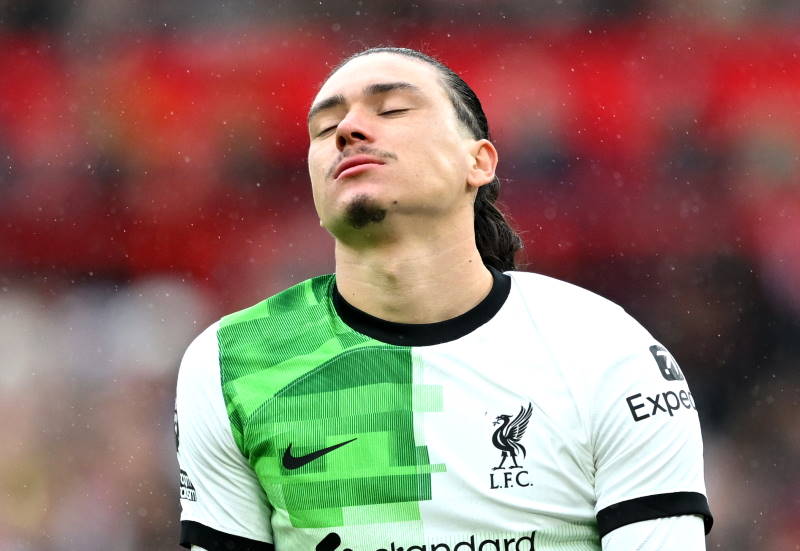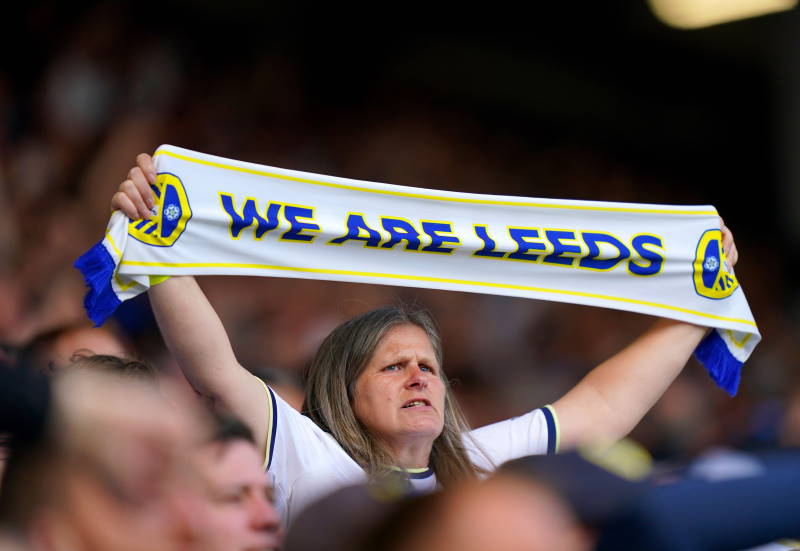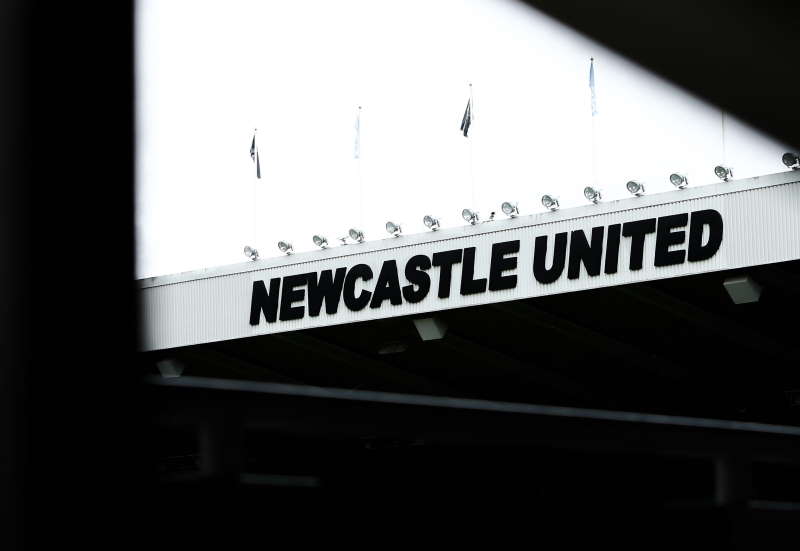
Mark Sochon
Group C in the 2011 Copa America is arguably the most well-balanced of the three sections in this year’s tournament. Though Uruguay and Chile, two teams that impressed during last summer’s World Cup, are expected to grab the top two spots, Peru will be no pushover having improved immensely since the appointment of coach Sergio Markarian last year. Mexico meanwhile may have brought a youthful squad to Argentina, but there is much big-match experience in the Gold Cup winners’ squad and no shortage of quality within their young stars.
Group C matches will be played in the cities of San Juan, Mendoza and La Plata with the highlight of the six games being undoubtedly the clash between Uruguay and Chile on 8th July in Mendoza. With third place spots that can ensure progression up for grabs in the tournament too, expect the Peru-Mexico match to be just as crucial.
We preview the teams in Group C:
![]() Uruguay
Uruguay
The surprise side during the 2010 World Cup with a fourth place finish, Uruguay are hoping to take their renewed confidence to Argentina. The three-time Copa America champions have done extremely well in the tournament during the last four editions, finishing as runners-up in 1999, third in 2004, and fourth in both 2001 and 2007.
Oscar Tabarez’s reign since 2006 has been a positive one and now the veteran boss is attempting to begin a new cycle with the team focusing on the 2014 World Cup. The coach has attacking riches that many of his rivals around the world would be envious of. Diego Forlan and Luis Suarez are considered one of the best striking duos in world football, but Uruguay also possess Napoli hitman Edison Cavani and a proven aerial option in Sebastian Abreu. The experience within this squad is second to none and La Celeste are reaping the benefits of a team based almost entirely abroad.
Uruguay’s current placing of seventh in the FIFA Rankings is further proof of their recent good spell and the country’s faithful believe this could be a new golden era in La Celeste’s football. The question is, after so many appearances in the later rounds of the Copa America and the World Cup, is this a team ready to win a title? While Brazil and Argentina remain the favourites to win the 2011 Copa America, Uruguay are seen as a challenger with a real shot at breaking up the party and lifting their first continental since 1995.
Coach: Oscar Tabarez
The 64-year-old is in his second spell as coach of the Uruguayan national team. Tabarez has found success on both occasions coaching his country, leading the team to the knockout rounds of the 1990 World Cup in Italy before masterminding Uruguay’s charge to the semi-finals of last year’s World Cup in South Africa. After a fairly undistinguished playing career, ‘El Maestro’ has enjoyed great success as a coach.
Tabarez has bossed a dozen different sides ranging from national teams (Uruguay senior and Under-20 sides) to clubs. He led Penarol to their fifth Copa Libertadores title in 1987, while also claiming a league championship in Argentina with Boca Juniors. Perhaps the only blemish on the veteran’s coaching CV is a rather unsuccessful few years in Europe, managing the likes of AC Milan, Cagliari and Real Oviedo without a great deal of success. Tabarez was rumoured to be leaving his post after the 2010 World Cup, but the 2010 South American Coach of the Year decided to stay and lead Uruguay toward the 2014 World Cup in Brazil.
Key Player: Luis Suarez
Diego Forlan may still take many of the plaudits, and rightly so, but Luis Suarez could now have eclipsed his team-mate as the most important member of the Uruguayan team. The 24-year-old has shown in the last two seasons that he has developed into a truly world-class player. Equally adept at playing in a wide position or central role, Suarez’s all-action playing style can be a nightmare for opposing defenders.
‘El Pistolero’ showed his worth last season at the highest level, playing a key role in leading Liverpool’s charge up the Premier League table after joining the club in the January transfer window. In four seasons at Ajax, Suarez racked up a phenomenal scoring record, tallying more than 80 goals in just over 100 appearances. Though he became a villain after intentionally saving a goal with his hand in a 2010 World Cup quarter-final against Ghana that eventually enabled Uruguay to win the match, the forward is widely considered one of the world’s best and most exciting attacking players.
 Chile
Chile
Chile’s attack-minded playing style at the 2010 World Cup won over many fans and also brought success to the team as they advanced to the knockout rounds only to lose to Brazil. Now the architect of that system, Marcelo Bielsa, is gone, having left his post early in 2011. Bielsa was upset at the election of the new Chilean Football Association President and eventually left his post. It was a shock move from a man who had achieved so much, developing Chile into one of South America’s top teams.
Now under former World Cup winner Claudio Borghi, Chile will be seeking to maintain their current level and do well at the 2011 Copa America. In 2007, Chile finished 3rd in Group B to advance to the quarter-finals only to lose to Brazil 6-1. In fact, Chile will hope to avoid the Brazilians after being knocked out by the team during their last two knockout stage appearances and losing twice to them during the 2010 World Cup qualifiers.
There is a plethora of attacking talent in the team, which is finely balanced between domestic and foreign-based players. Barcelona target Alexis Sanchez leads the way with a capable supporting cast featuring striker Humberto Suazo and midfielders Matias Fernandez, Jean Beausejour, Jorge Valdivia and Gary Medel. Able to put together some superb football, now Chile must prove it has the spine to go deep into a tournament and win when it matters most.
Coach: Claudio Borghi
A veteran of the game in Chile, Argentine Claudio Borghi was handed the reins to the Chilean national team back in February. The 46-year-old coach led Colo Colo to four straight league titles beginning in 2006 and knows intimately the mindset and ability of Chilean players. Borghi recently achieved success in his native country, leading Argentinos Juniors to the 2010 Clausura title in surprising fashion.
Coaching Chile represents the biggest challenge of Borghi’s managerial career, though he has shown he understands how to achieve success at club level. It remains to be seen whether the Argentine can follow in the footsteps of his countryman Bielsa who was widely praised for his work as La Roja coach. Borghi’s playing career featured a 1986 World Cup winners medal with Argentina. He was an established performer who played in Italy, Brazil, and Argentina amongst other places, having represented the likes of River Plate and Flamengo.
Key Player: Alexis Sanchez
After a fine season in Serie A with Udinese, where the forward played a key role in leading the club to a Champions League berth, Alexis Sanchez has been one of the summer’s top transfer targets. The tricky attacker seems close to a move to Barcelona and should that be completed, will have a chance to work his way into the world’s best club team. The 22-year-old began his career with Cobreloa, eventually being snapped up by Udinese, but gained vital experience through two loan spells at Colo Colo and River Plate respectively.
Sanchez can play in a variety of positions in attack, but is at his best as a winger, using his explosive pace and ability to beat opposing defenders to wreak havoc. Big things are expected of the man who has scored 13 goals for Chile in 37 appearances and though he impressed during last year’s World Cup, the sense is that Sanchez could be even better this summer in the Copa America.
 Peru
Peru
After finishing dead last in South American qualifying for the 2010 World Cup, Peru are in the midst of a serious rebuilding phase. Sergio Markarian, the Uruguay-born coach, has been selected as the man to lead the country back to the upper echelons of the South American game, but faces a tough task. The veteran boss has a habit of putting together very organised teams based on a solid defence and initial results from a host of friendlies have been promising. The real test however will now come at the Copa America and while La Rojiblanca are outsiders in Group C, a third place finish is a viable goal considering Mexico are bringing in essence a youthful B team to the tournament.
Peru have been rocked by a spate of injuries in the lead-up to the Copa America. Current leading scorer and captain Claudio Pizarro has been ruled out due to injury, while key players Jefferson Farfan and Juan Vargas have suffered knocks in training and are now questionable with regard to their involvement in the tournament. If Peru lose what is essence their strongest trio of players then it could be a difficult time for the underdogs as they attempt to regain some confidence after a few years of vast underachievement.
Coach: Sergio Markarian
After a poor 2010 World Cup qualifying campaign, Peru decided it was time for a change. Sergio Markarian was selected as the man to lead La Rojiblanca out of the doldrums and the 66-year-old has done well with his initial work, having overseen a side that has lost only once in nine matches. Markarian is widely viewed as a master tactician, a trait developed over a long coaching career that has seen him boss 14 clubs, including spells all over South America, in Europe, and with Paraguay at national team level.
Markarian has won titles in Paraguay, Peru, and Chile, though he has often been criticised for being too defensive, it appears that the veteran coach just might provide the foundation for Peru to begin improving on a dismal few years. Markarian has not come cheaply, appointed in 2010, he is the second highest-paid coach of all the South American national teams.
Key Player: Jefferson Farfan
The Schalke attacker remains an enigma when playing for his national team. Farfan has enjoyed great success in Holland and Germany with PSV Eindhoven and Schalke respectively, however has failed to shine for Peru. Though the 26-year-old has 40 appearances and 12 goals to his name for his country, Farfan has failed to score for the national team in over four years.
Part of the problem has been attributed to a poor disciplinary record as Farfan was suspended for a time after breaking team rules back in 2008. The Schalke hitman started off on the wrong foot with current boss Sergio Markarian too, however has worked his way back into the team. If he is in the right mindset, the 26-year-old is a serious goal threat and real handful. Should Peru make noise in this tournament, undoubtedly they will need a committed Farfan to lead the way.
 Mexico
Mexico
A new era of Mexican football began with the appointment of coach Jose Manuel de la Torre late last year. Utilising the same players that helped Mexico to success in various youth competitions over the last few years, the senior men’s national side is reaping the benefits of a new generation of talent. With the likes of Manchester United’s Javier Hernandez leading the way, El Tricolor are fresh off a dominant Gold Cup win, coming out on top in all six of their matches in the CONCACAF tournament, scoring a mammoth 22 goals and coming from two goals down to defeat the United States 4-2 in the final.
The Copa America will not feature most of those players as Mexico are bringing an extremely young side to Argentina. However, even on paper the Gold Cup holders will not be a pushover as the squad possesses several players of genuine quality if not experience. While not expected to advance to the knockout rounds, this team should not be overawed and the experience gained from the tournament could end up being priceless.
Coach: Jose Manuel de la Torre
De la Torre took over as El Tricolor boss last October and is rated as one of Mexico’s brightest up and coming young managers. The 45-year-old has enjoyed success with Chivas and Toluca, but the recently won Gold Cup must stand as his proudest achievement. "Chepo", as the coach is widely known, will use the Copa America to take a peek into the next generation of the country’s talents. Any kind of success in Argentina would be well received given the young squad that had made the trip.
Key Player: Giovani dos Santos
The 22-year-old winger-cum-forward seems to have been around forever and though he has been written off in the last two years, Dos Santos was one of the standout performers in Mexico’s 2011 Gold Cup winning team. His pace and willingness to take opponents on was a joy to watch and the youngster looked like the player that turned heads at the start of his career with Barcelona.
While his dedication has been questioned, Dos Santos proved in a loan spell at Racing Santander this season and during the Gold Cup that he still has the tools to impress at the highest level. His goal against the United States in the Gold Cup final was a sublime effort that was a testament to great skill as he held the ball in extremely close quarters, surrounded by many defenders, before sending a fantastic chip into the net from 12 yards out. With 11 goals in 45 appearances, Dos Santos has always brought his best to the Mexican national side and shown that if he applies himself he still has a bright future in the game.
>> 2011 Copa America Preview – Group A
>> 2011 Copa America Preview – Group B
>> Inside Betting: 2011 Copa America Top Goalscorer
>> Inside Betting: 2011 Copa America Outright
>> Mano Menezes Brilliant Brazil Bid to See Off
>> 2011 Copa America – Players to Watch in Argentina

